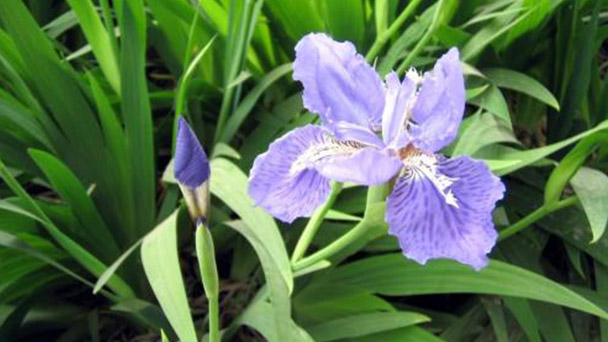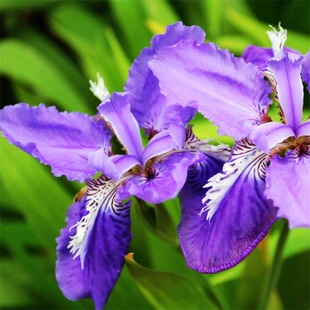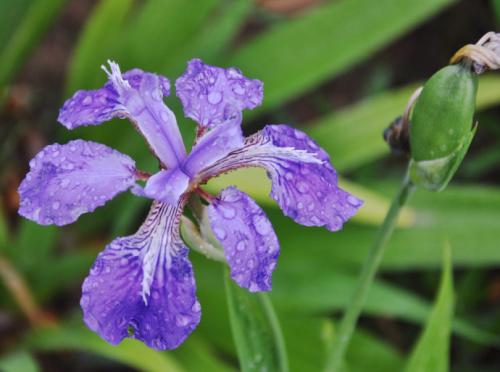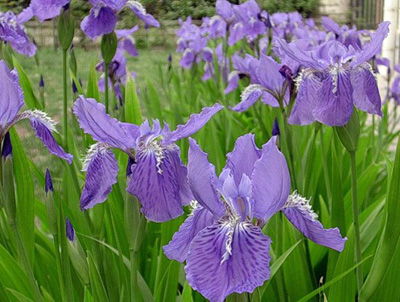The breeding methods and precautions of Clitoria ternatea
Written by Maggie
Nov 21 2020

In the process of breeding Clitoria ternatea, we can use the plant ash of five copies, 2 copies of perlite 1, 2 of the coarse sand and the leaf mixed cultivation soil, finally in outer and pine needles. In the growing season, keep the soil moist degree, every ten days will be pouring a permeable, water is best done in the morning, early fall under phosphorus at a time.
Clitoria Ternatea picture

Cultivation methods of Clitoria Ternatea
1. Soil requirements
Soil is Clitoria ternatea breeding method and the matter needs attention. It’s soil demand is higher, and is appropriate to grow in fertile, osteoporosis, and good acidic drainage sandy soil. We can use five copies of plant ash, 2 of the perlite 1, 2 of the coarse sand and the leaf mixed cultivation soil, finally in outer sprinkle pine needles.
2. Water properly
In order to accelerate the rapid rooting of Clitoria Ternatea, the soil should be kept in the optimal moist state during the growth stage. Water should be poured every ten days and permeable. It is better to water in the morning to help the soil absorb water.
3. Fertilize regularly
In the early stage of planting Clitoria Ternatea, there is no need to apply base fertilizer, but topdressing is mainly used in the later stage. Generally, mature organic fertilizer is used. Urea can be applied once in summer after the plants survive to make the flowers bloom more prosperous, and phosphate potash fertilizer can be applied again in early autumn to meet the normal growth and development of blue butterflies.

4, suitable for light
Like most plants, Clitoria Ternatea also likes warm sunshine. The air is dry in summer. Besides, strong light rays are not conducive to the normal growth and development of Clitoria Ternatea.
Precautions for Clitoria Ternatea breeding
In the process of growth, Clitoria Ternatea is prone to rot roots, and its branches and leaves will turn yellow and dry. Therefore, it is necessary to change the plants frequently, and it should be changed every 1 to 2 years. It is most suitable to do it in late spring and early summer.

Latest Updated
- Benefits of Bugleweed - 7 Science-backed Health Benefits
- Bugleweed Dangers & Side Effects - Is It Poisonous?
- How to Plant Evergreen Trees - What You Should Know
- When to Plant Evergreens - Grow Guide for Evergreen Trees
- 12 Wonderful Evergreen Shrubs for Your Garden
- 12 Popular Evergreen Plants with Pictures for Beginners
- When And How To Prune A Lilac Bush Like a Pro
- How to Grow & Care for Lilac Vine (Hardenbergia Violacea)
- Japanese Lilac Tree (Syringa Reticulata) Care & Propagation Guide
- Shumard Oak Pros and Cons - What to Know
Popular Articles
- Winter maintenance of Antirrhinum Majus
- How to Grow Terminalia Mantaly Tree
- How to Grow and Care for Crossostephium Chinense
- How to grow Antirrhinum Majus in spring
- Peristeria Elata (Dove Orchid) Profile: Info & Care Guide
- Underwatered Snake Plant (Sansevieria Trifasciata) - Signs And How To Fix
- How to Care for Brazilian Jasmine Plant (Mandevilla Sanderi)
- How to Grow & Care for Graptopetalum Purple Delight in Summer
- Rosa Chinensis (China Rose): Plant Growing & Care Tips
- How to Care for Baby Sun Rose (Aptenia Cordifolia)